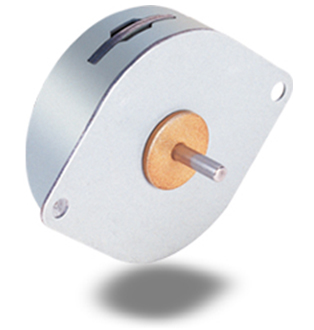
Stepper Motor
The stepper motor is a type of brushless DC motor. It gets its name from the number of equal steps it uses to complete a full rotation. When the motor is the right size for its application, you can command it to move and hold during one of its steps without a feedback sensor.
Instead of having continuous rotation, the stepper motor uses toothed electromagnets powered by an external control circuit. Because the teeth are slightly offset, the gears rotate, or step, slightly when the electromagnets are turned off and on. With two-phase stepper motors, there are two basic winding arrangements – bipolar and unipolar.
Bipolar vs. Unipolar Winding Arrangements
In a bipolar stepper motor, there is only one winding per phase. To reverse the magnetic pole, the winding must reverse.
Unipolar motors use twice as much wire in the same space as their bipolar counterparts. Because only half of the wire gets used, it’s 50 percent efficient with a torque output of about 70 percent.
Because bipolar windings tend to be more efficient, they tend to be more powerful than those in a unipolar motor that weighs the same. However, a bipolar stepper motor may be more difficult to drive.
The stepper motor appears in equipment such as computer printers, scanners, CD drives and intelligent lighting systems. To learn more about the stepper motor and its applications, contact Sinotech.
